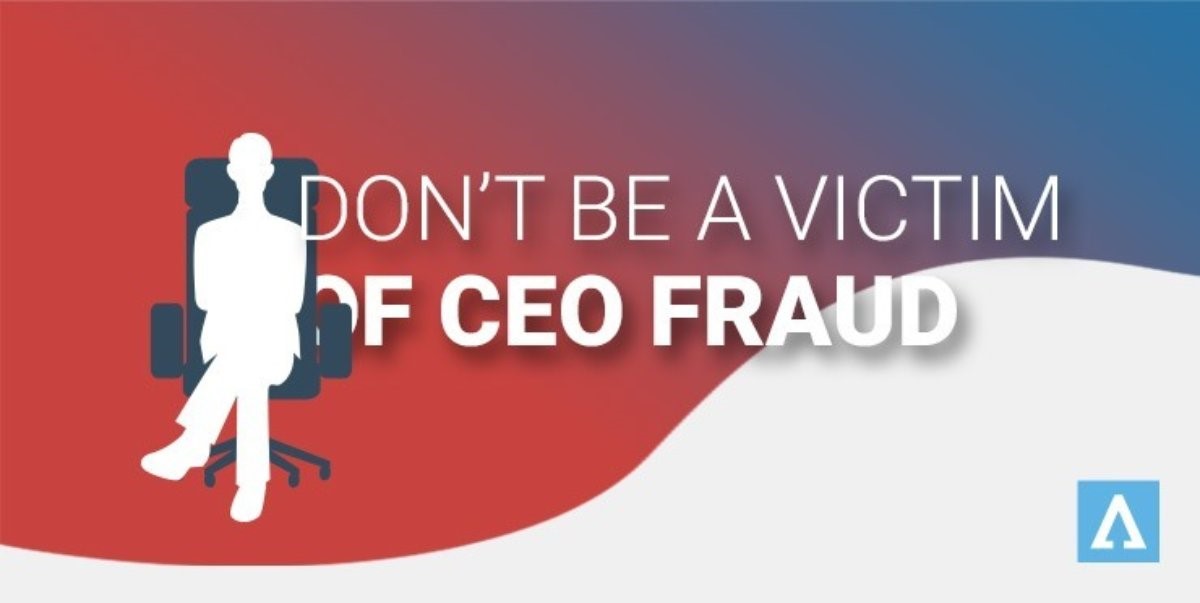How CEO Fraud Phishing Attack Works

1. An attacker identifies a specific target (or targets) within an organization. He/She attempts to compromise his email account over a period of time using various methods such as:
System intrusion techniques such as bruteforce or dictionary attacks, password spraying, etc.
Phishing emails containing malicious URL links that are intended to capture passwords.
Phishing emails containing keyloggers that download themselves once clicked on
Other social engineering methods.
Read more on signs that your email account has been compromised and how to recover from a compromised email account.
2. Once the cybercriminal has the credentials to access the victim’s account, he is able to use these credentials to access the email account of the victim and read old email threads. He uses this opportunity to study the email communications the victim has been having with other users.
3. The hacker then sends a message from the CEOs mailbox to someone in the finance department asking them to urgently initiate a wire transfer or similar payment to a vendor, providing bank account details for the attacker.
4. CEO fraud phishing scams often target businesses working with foreign suppliers and companies that regularly perform online fund transfers.
CEO fraud phishing attacks often rely on different techniques to execute this fraud. The main ones are:
Spear Phishing: a more focused form of phishing to target one person or small group of individuals when sending out phishing emails. Spear phishing emails are very personalized and therefore more difficult for the recipient to suspect.
Executive whaling: Cyber attackers target c-suite executives to defraud the company.
BEC/EAC: Sending an email from a compromised official email account of a senior employee, or
Spoofing: Sending an email impersonating a senior employee with an email address at a fake domain that looks very similar to a legitimate domain.
Social engineering: using psychological manipulation to trick people into divulging confidential information or releasing funds to fraudulent recipients. Social engineering may include getting information from social media sites like Facebook, Twitter, LinkedIn, etc., which may have a lot of information about individuals including where they work and their job titles/roles.
Read more to understand the different forms of phishing emails.


